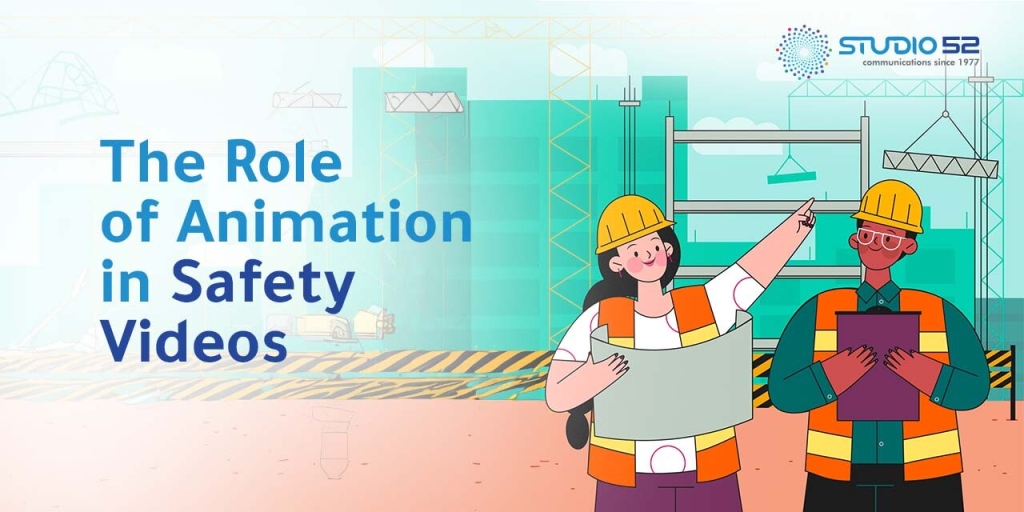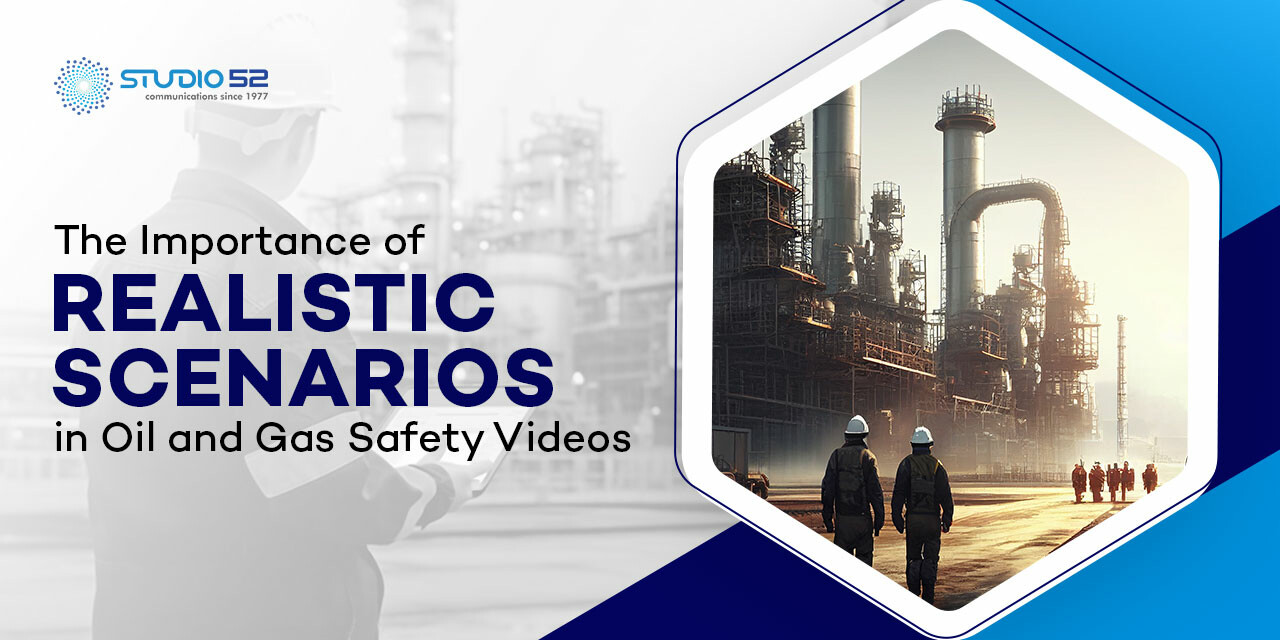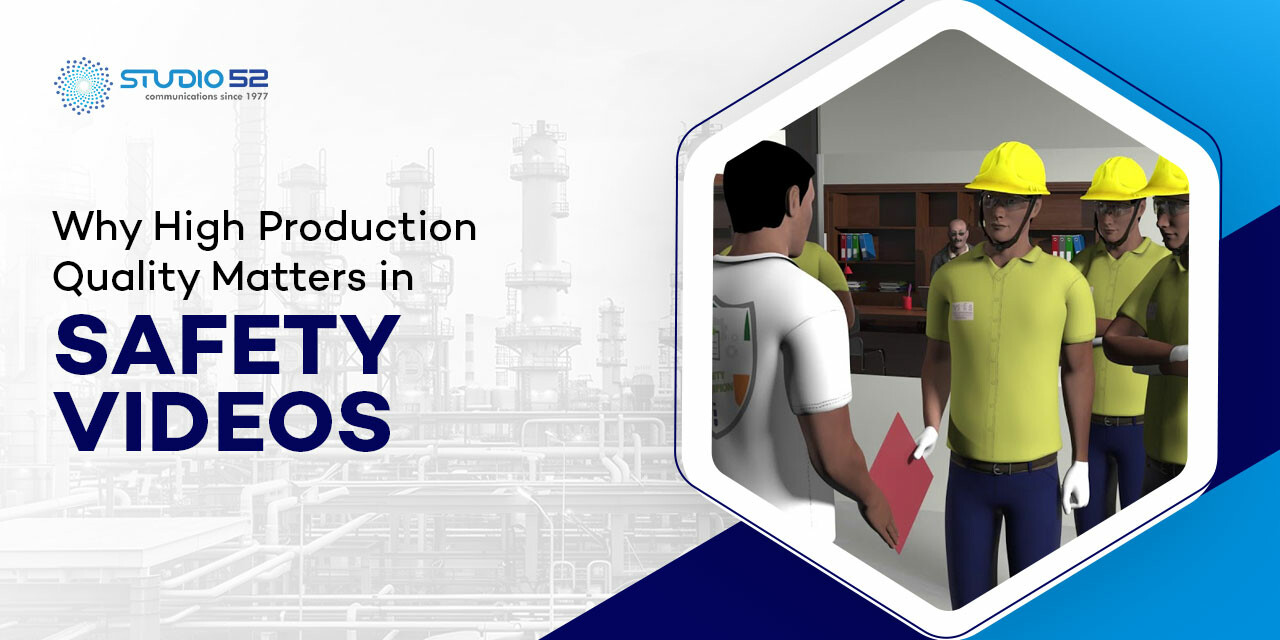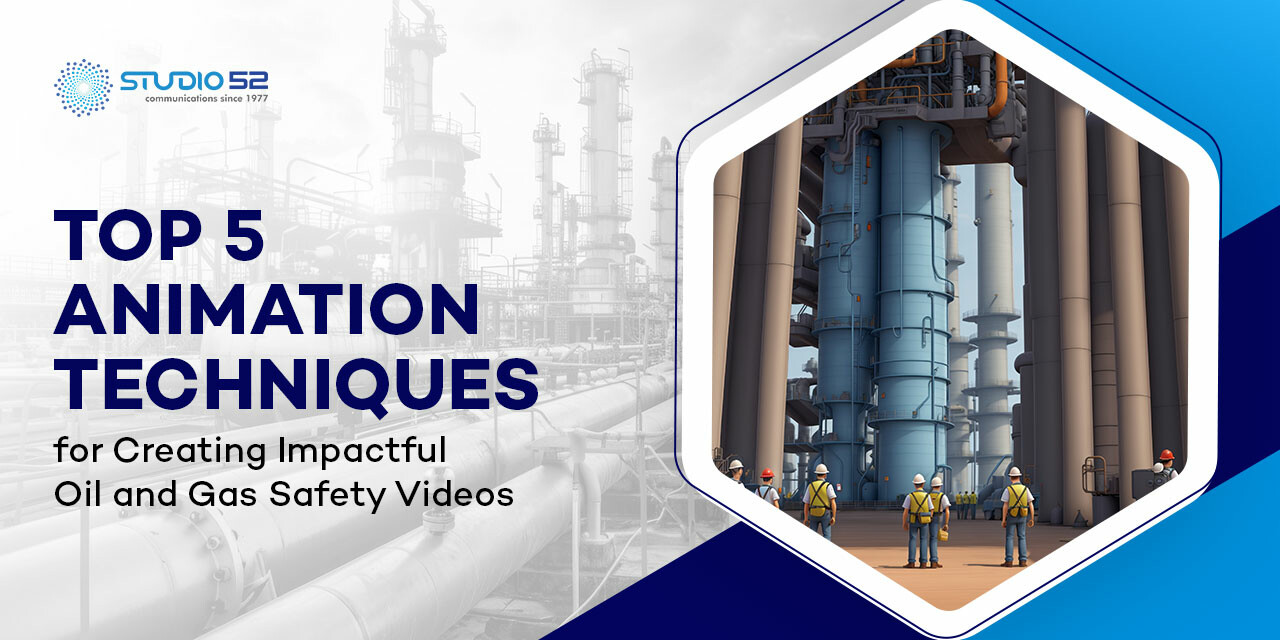Integrate safety animation videos into your onboarding platform or Learning Management System (LMS) so new employees can access them as part of a structured curriculum. Safety training animation ensures content is engaging, easy to navigate, and simple for employees to revisit whenever needed.
Safety has always been at the heart of sustainable business growth. Organizations that take safety seriously not only protect their workforce but also save significantly in terms of operational costs, insurance premiums, and productivity losses. In today’s fast-paced industries, traditional training methods like lengthy manuals and classroom sessions often fail to leave a lasting impact. Employees need learning solutions that are engaging, clear, and easy to understand. This is where animated safety videos come into play, offering companies a smart and cost-effective way to strengthen workplace safety while reaping financial rewards.
Table of Content
Why Safety Training Needs a New Approach
Many businesses still rely on traditional safety training methods like PowerPoint presentations or printed handbooks. While informative, they often fail to engage employees or make concepts memorable, leading to low retention and misinterpretation of critical procedures.
A modern safety animation video approach overcomes these challenges by transforming complex instructions into clear visuals and stories. Health and safety animation makes information easier to understand, improves retention, and reduces the time and costs associated with repetitive training sessions.
Why Businesses Are Turning to Safety Animation
Traditional safety training methods such as manuals, presentations, and live sessions, are no longer enough for complex industrial environments. Video content, particularly animation, bridges the gap between comprehension and retention. A safety animation video simplifies procedures, demonstrates risks visually, and removes language barriers.
Animated videos are scalable, repeatable, and customisable to different work environments, making them ideal for industries such as oil & gas, manufacturing, and construction. But the rising demand also brings a common concern: “What are the pricing components of such a service?”

Why Use Safety Animation Videos in Onboarding?
1. Enhanced Engagement
Safety animation videos capture the attention of new employees better than traditional training methods. The dynamic visuals and storytelling elements make the content more engaging, which leads to better retention of safety protocols.
2. Simplified Complex Information
Animation videos can break down complex safety procedures into easy-to-understand segments. By using visual aids and characters, these videos can illustrate difficult concepts in a way that is both entertaining and educational.
3. Consistent Training
Using safety animation videos ensures that all new employees receive the same high-quality training. This consistency helps maintain a uniform standard of safety knowledge across the organization.
Steps to Integrate Safety Animation Videos into Your Onboarding Process
1. Identify Key Safety Topics
Begin by identifying the key safety topics that must be covered during onboarding, such as fire safety, workplace ergonomics, emergency procedures, and industry-specific hazards. An industrial safety animation video helps present these critical areas clearly, ensuring new employees understand essential safety practices from the start.
2. Develop or Source Quality Animation Videos
Once you have your list of topics, either develop custom safety animation videos or source them from reputable providers. Ensure that the videos are high-quality, accurate, and tailored to your industry and workplace environment.
3. Embed Videos in Your Onboarding Platform
4. Create Interactive Elements
Enhance the effectiveness of your safety animation videos by incorporating interactive elements such as quizzes and feedback forms. These elements can reinforce learning and help assess the employees’ understanding of the safety protocols presented in the videos.
5. Schedule Follow-Up Sessions
After new employees watch the safety animation videos, schedule follow-up sessions such as Q&A discussions, group interactions, or hands-on practice. Industry safety animation supports better understanding, allowing employees to clarify doubts and confidently apply safety procedures in real-life workplace scenarios.
6. Gather Feedback and Continuously Improve
Collect feedback from new hires about the safety animation videos and their onboarding experience. Use this feedback to make continuous improvements to the videos and the overall onboarding process. Keeping the content updated and relevant is crucial for ongoing effectiveness.
Benefits of Using Safety Animation Videos
1. Improved Retention
Animation videos make safety training memorable. The use of visual storytelling helps new employees retain critical information better than traditional text-based materials.
2. Time-Efficient Training
Safety animation videos allow for self-paced learning. New hires can watch the videos at their convenience, reducing the need for time-consuming in-person training sessions.
3. Increased Compliance
By providing comprehensive and engaging safety training through animation videos, organizations can ensure better compliance with safety regulations and standards.
4. Cost-Effective
Investing in safety animation videos can be cost-effective in the long run. They eliminate the need for repeated live training sessions and can be reused and updated as necessary.
How Companies Can Reduce Risk and Liability
Workplace accidents impact not only individuals but also organizations through medical costs, insurance claims, equipment damage, and legal issues. Providing clear, engaging training materials helps reduce these risks effectively.
Industries like construction, oil and gas, and manufacturing face daily hazards where even small mistakes can be costly. Safety training animation, created by a professional 3D safety animation agency, simplifies complex procedures into easy steps. Expert safety animation video production ensures better understanding, fewer accidents, and reduced liability costs.
Conclusion
At Studio52, we specialise in creating custom safety animation videos that not only engage employees but also align perfectly with your existing training programs. With over four decades of experience working with a diverse range of industries, we understand the unique challenges businesses face when it comes to safety communication. Our team is dedicated to providing tailored solutions that drive safety awareness and compliance, ensuring a safer work environment for all.
Ready to enhance your safety training program? Contact Studio52 today, and let us help you transform your safety protocols with engaging, impactful animation videos. Reach out to us today and take the first step towards a safer workplace!
FAQs
How does a construction safety animation video reduce on-site accidents?
A construction safety animation video visually demonstrates hazards, correct procedures, and consequences of unsafe actions, improving understanding, compliance, and retention, which helps workers avoid mistakes and reduces on-site accidents.
Which industries benefit most from safety training animation videos?
Industries such as construction, oil and gas, manufacturing, logistics, utilities, and mining benefit most, as safety training animation videos simplify complex risks and ensure consistent training in high-risk environments.
What is a construction safety animation video and why is it important?
A construction safety animation video uses visuals to explain site hazards and safety protocols. It is important because it improves comprehension, standardises training, and enhances safety awareness across construction teams.
Why should businesses choose a professional health and safety animation company?
A professional health and safety animation company ensures accurate content, regulatory alignment, engaging visuals, and customised storytelling, resulting in effective training videos that improve safety compliance and learning outcomes.
How does safety video animation improve safety awareness and retention?
Safety video animation combines visuals, motion, and storytelling to simplify complex information, making training more engaging, memorable, and easier to recall, leading to stronger safety awareness and long-term retention.





